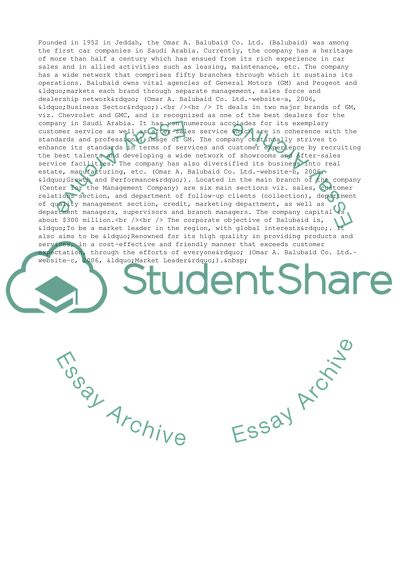Cite this document
(E-Business Strategy of Omar Abu Bakr Balubaid Co Ltd Case Study, n.d.)
E-Business Strategy of Omar Abu Bakr Balubaid Co Ltd Case Study. Retrieved from https://studentshare.org/business/1733742-report-balubaid-company-e-business-strategy
E-Business Strategy of Omar Abu Bakr Balubaid Co Ltd Case Study. Retrieved from https://studentshare.org/business/1733742-report-balubaid-company-e-business-strategy
(E-Business Strategy of Omar Abu Bakr Balubaid Co Ltd Case Study)
E-Business Strategy of Omar Abu Bakr Balubaid Co Ltd Case Study. https://studentshare.org/business/1733742-report-balubaid-company-e-business-strategy.
E-Business Strategy of Omar Abu Bakr Balubaid Co Ltd Case Study. https://studentshare.org/business/1733742-report-balubaid-company-e-business-strategy.
“E-Business Strategy of Omar Abu Bakr Balubaid Co Ltd Case Study”, n.d. https://studentshare.org/business/1733742-report-balubaid-company-e-business-strategy.


